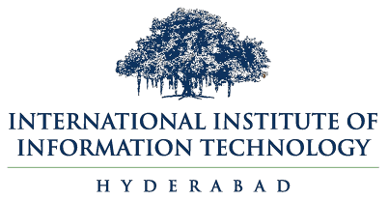LTTS’ award-winning i-BEMS™ on Microsoft Azure addresses the need for environment-friendly, future-ready smart buildings
L&T Technology Services Limited (BSE: 540115, NSE: LTTS), a leading global pure-play engineering services company, today announced that it has expanded its collaboration with Microsoft Corporation and launched its latest and enhanced version of the state-of-the-art i-BEMS™ solution on Microsoft Azure to transform buildings into future-ready smart campuses.
With growing digital transformation, there has been a clear impetus on the need for organizations to revamp their office premises to be eco-friendly, taking into consideration sustainability aspects including greenhouse gas and carbon emissions. Another important aspect for office and facility administrators today is to find balance in their buildings to ensure health, safety and wellbeing of their workforce.
LTTS’ award-winning Intelligent Building Experience Management System i-BEMS™ is a system-of-systems solution that focuses on creating digital experiences and intelligent space management. The cloud-based smart buildings/campus/spaces solution helps monitor and manage building operations and optimize business metrics leveraging advanced IoT based Edge Analytics and machine learning algorithms.
i-BEMS™ uses advanced energy analytics and fault diagnostics for energy savings, and net-zero energy compliance. i-BEMS™ has enterprise-grade security features and can create a digital twin to test changes in a virtual build of the building.
LTTS has earlier collaborated with Microsoft to develop a smart campus in Israel for a leading technology company. The two companies have also partnered to leverage Azure IoT platform for Sustainability solutions and connect with Microsoft Dynamics 365 for Field Service to enable real-time optimization, improve ROI and employee productivity for Facility Management and Operations globally. In 2018, LTTS furthered their working relationship with Microsoft by setting up a Digital Industrial Transformation Applied Innovation Centre for shared enterprise customers.
The current expanded collaboration leverages Azure to enable i-BEMS™ to act as a Facility Information Broker, unifying data from all systems making the building/campus a single entity rather than a heterogeneous collection of systems focused on employee health and safety and preservation of the immediate environment.
Experts from LTTS and Microsoft also shared the latest best practices on the holistic approach for enterprises planning eco-friendly and safe smart buildings, which can be read here: Smart buildings: From design to reality.
Alind Saxena, Chief Business Officer – Transportation & Alliances, L&T Technology Services said, “With digital transformation, enterprises are also increasingly focusing on finding sustainable ways to grow, while protecting the planet and its resources. Another important determinant for companies is maintaining employee safety and wellbeing within a building by reducing resource usage and improving operational efficiency. i-BEMS covers the best practices from designing to construction to operations for enterprises planning environmentally friendly and socially responsible smart building projects. We are excited to further expand our partnership leveraging Microsoft Azure IoT & Edge technology to serve enterprise customers with industry-leading solutions.”
Sanjay Jacob, Principal Program Manager, Microsoft Corporation said, “As a leader in engineering solutions for smart and sustainable campuses, LTTS’ Smart Building solutions enable modern workplaces by leveraging cutting-edge Microsoft Azure IoT, Edge & AI technology. Employee safety, energy-efficiency and sustainability is the need of the hour and LTTS delivers an integrated, advanced Azure based Smart Building solution for global enterprises to deploy smart and sustainable campuses. The whitepaper provides an excellent template with the most current best practices for enterprises to go from design to reality of their smart buildings.”
Views: 0

